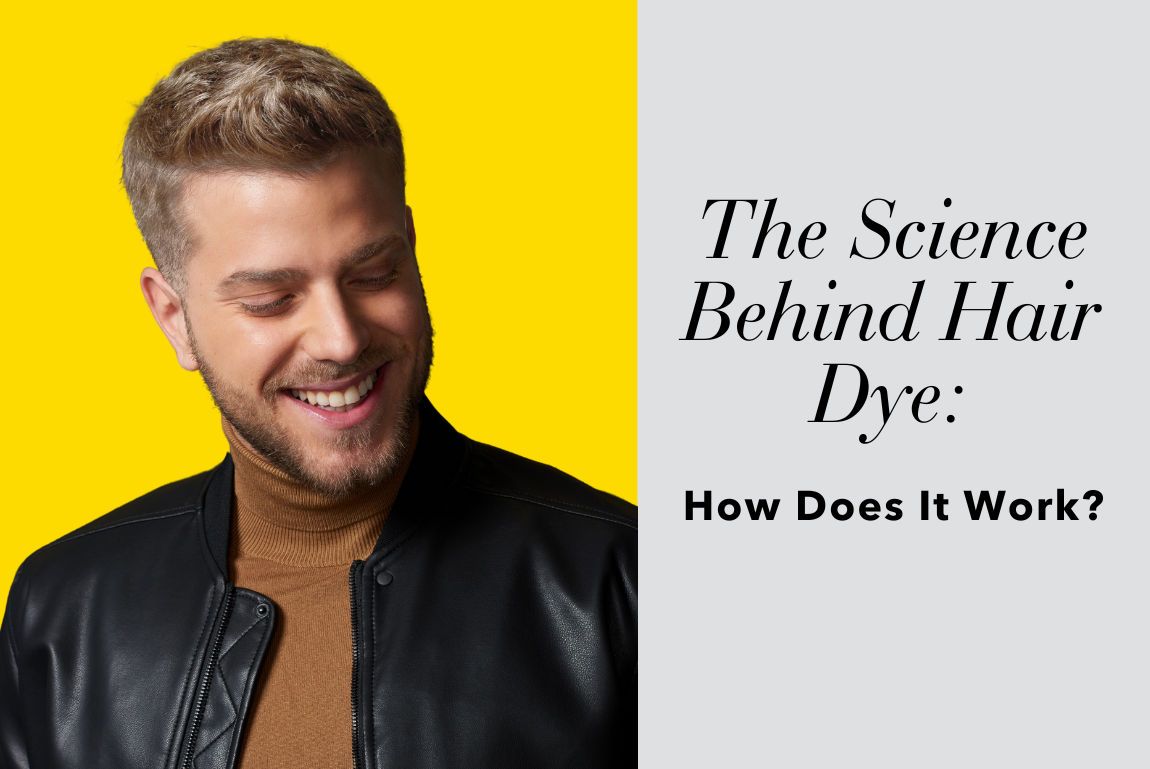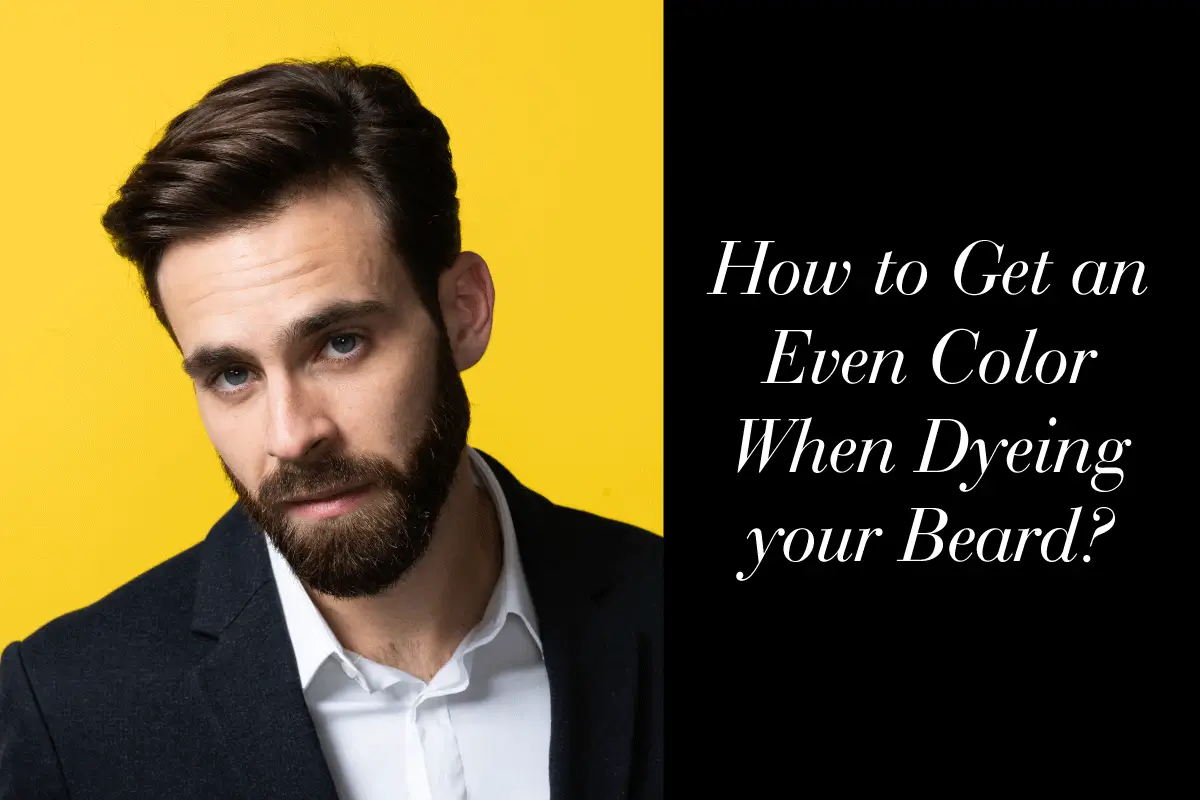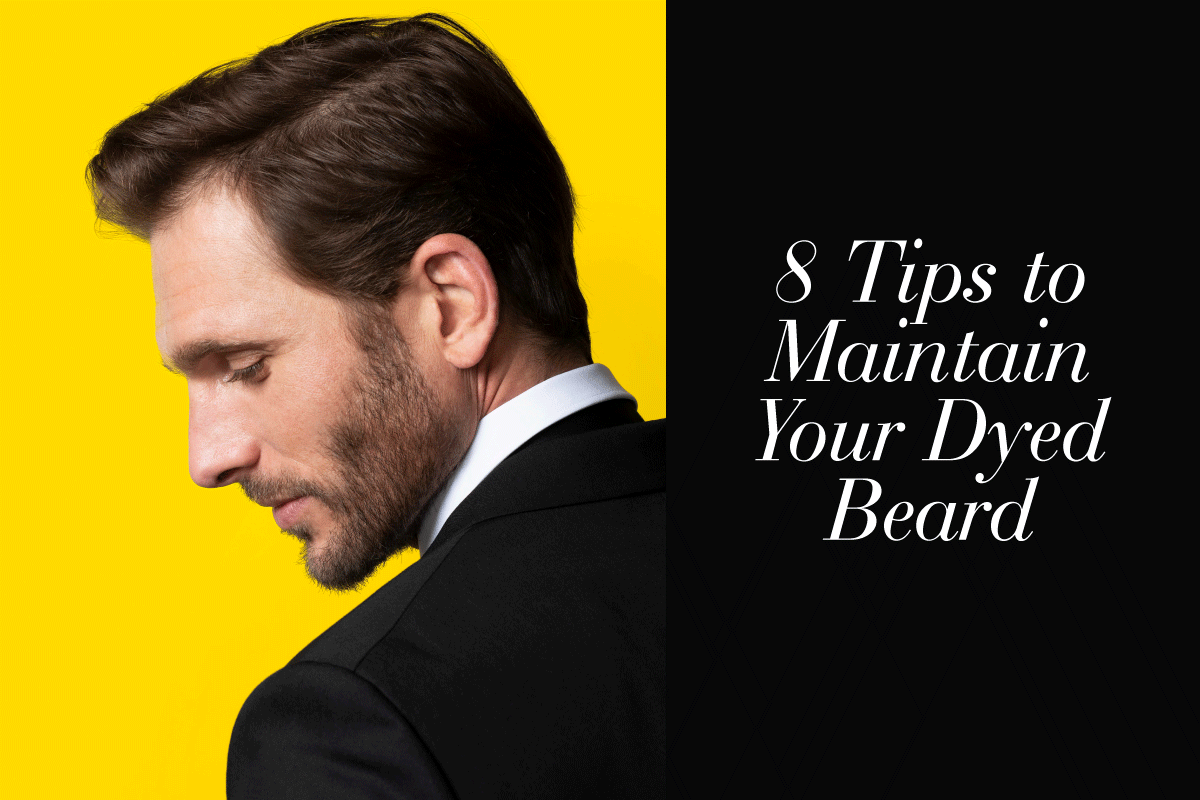The Science Behind Hair Dye: How Does It Work?

For centuries, people have been using various methods to alter their hair color. From henna to indigo, natural dyes have been a mainstay in personal grooming practices. However, modern hair dye offers a wider range of colors and better results. But how exactly does hair dye for men work? This article delves into the scientific principles behind hair coloring, explaining how dye interacts with hair to achieve that desired shade.
Hair structure: Understanding the canvas
Hair is a complex structure made up of keratin, a protein rich in sulfur-containing amino acids. Each hair strand consists of three main layers:
- Medulla: The inner core, mainly composed of soft cells and airspaces. It contributes little to hair color.
- Cortex: The middle layer, the thickest part of the hair strand, containing pigment cells called melanocytes. These cells produce melanin, the pigment responsible for our natural hair color. There are two main types of melanin:
- Eumelanin: Brown or black pigment.
- Pheomelanin: Red or yellow pigment. The relative amounts and types of melanin determine our natural hair color.
- Cuticle: The outermost layer, made up of overlapping transparent scales that protect the inner layers. It acts as the first line of defense against environmental damage and also plays a crucial role in the hair coloring process.
The chemistry of color change: Permanent vs. Semi-permanent dyes
There are two main types of male hair dye: permanent and temporary/semi-permanent. They achieve color alteration through different chemical mechanisms.
Permanent hair Dye: This type of dye offers the most dramatic change. It works in a two-step process:
- Lifting the color: Permanent hair dye contains three key ingredients:
- Ammonia or a similar alkaline agent: This ingredient swells the hair cuticle, allowing the dye precursors to penetrate the cortex.
- Hydrogen peroxide: This oxidizing agent breaks down the existing melanin pigments in the hair,lightening the natural hair color. The amount of lightening depends on the concentration of peroxide and the desired final shade.
- Color precursors: These are small, colorless molecules that penetrate the cortex.
- Depositing new color: Once the cuticle is lifted and the natural pigment is lightened, the color precursors react with each other in the presence of hydrogen peroxide. This chemical reaction forms large colored molecules that are too big to escape the hair shaft. These new colored molecules become trapped within the cortex, resulting in a permanent color change.
Semi-permanent hair dye: These dyes offer a subtler color change and are less damaging to the hair.They work by depositing colored molecules onto the hair shaft or by slightly penetrating the cuticle. The color coats the hair without altering the natural melanin pigments. Since these dyes don't penetrate deep into the hair cortex,they gradually wash out with each shampoo, typically lasting up to 6 weeks.
Beyond the basics: Additional chemical players
Several other chemical ingredients play a role in hair dye formulations:
- Couplers: These chemicals combine with color precursors during the oxidation process to form the final colored molecules. Different couplers create a wider range of colors.
- Direct dyes: Some hair dyes contain pre-formed colored molecules that directly deposit onto the hair shaft. These are often used in temporary and semi-permanent dyes.
- Conditioning agents: These ingredients help to replenish moisture lost during the dyeing process and improve the manageability and shine of colored hair.
The art and science of hair coloring
Hair coloring is both a science and an art. The choice of dye type, developer strength, and application technique all influence the final outcome. Here are some additional factors to consider:
- Porosity: Hair porosity refers to the hair's ability to absorb and retain moisture. High porosity hair absorbs dye more readily but may also lose color faster.
- Natural hair color: Darker hair typically requires more lightening before achieving the desired lighter shade.
- Desired color change: The degree of color change, from subtle enhancement to dramatic transformation, affects the choice of dye and developer strength.
A professional hairstylist can assess your hair's unique characteristics and recommend the most suitable hair dye and application process to achieve your desired results.
Safety considerations
Hair dye products contain chemicals that can potentially irritate the scalp or cause allergic reactions in some individuals. It's important to perform a strand test before full application to check for any sensitivities. Additionally, excessive use of harsh chemicals in hair dyes can damage hair, leading to dryness, breakage, and split ends.



